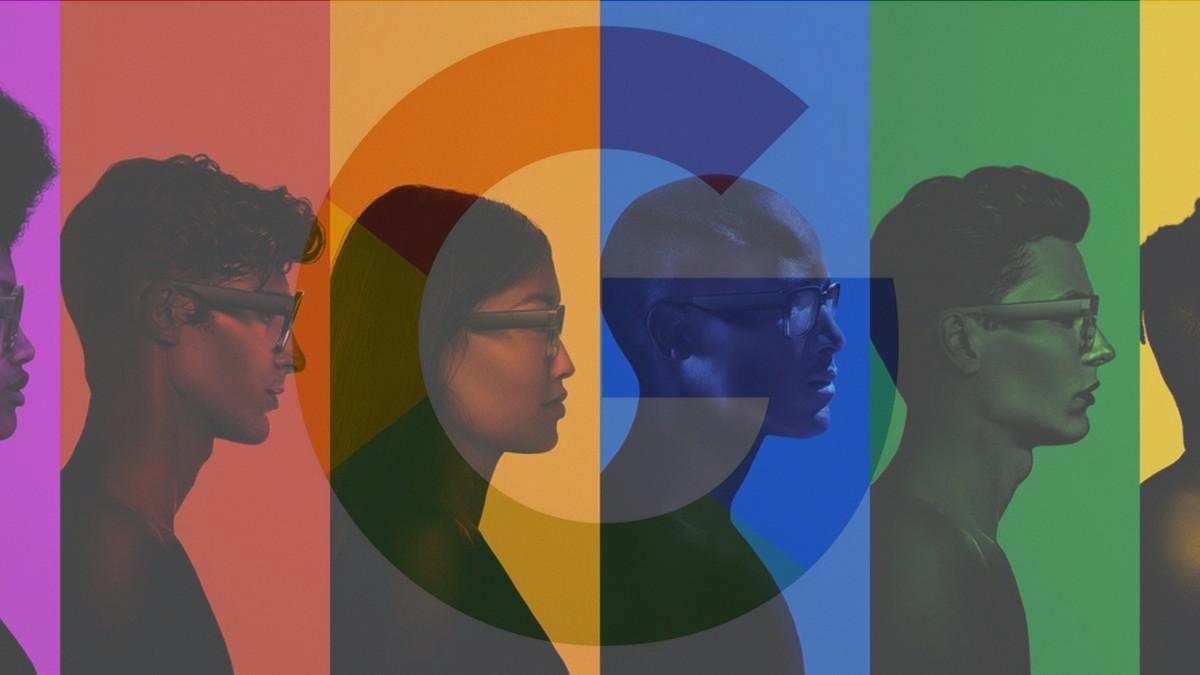It seems that Google isn’t giving up on its plan to introduce a successful pair of smart glasses to the market. The company’s first attempt was made in 2014 when it released Google Glass to the public. Unfortunately, these smart glasses turned out to be a flop. Of course, we could blame this outcome on the glasses’ crazy $1,500 price tag or the fact that the product was ahead of its time. Whatever the case, Google seems to be getting ready for a second round, as new information claims that it has acquired a microLED startup to help it develop a new pair of AR glasses.
According to The Information, Google has recently acquired Raxium to help it develop its future AR devices. The leading cause behind this operation could be that Google hasn’t been successful when trying to come up with a new concept and new ideas to develop a new pair of AR glasses. So it is only logical that the company would acquire startups to add new talent and tech to its lines.
“Google has struck a deal to buy Raxium, a five-year-old startup that develops tiny light-emitting diodes for displays used in augmented and mixed reality devices, according to people familiar with the deal. The acquisition, which has not been previously reported, is a sign that Google wants to own more of the physical components needed to develop such devices. It has been working on its own headsets for more than a decade, with limited results.”
Raxium isn’t the first startup acquired by Google, as the company has also added North to its team in 2020, which unfortunately led to the demise of the Focals 1.0 and 2.0 Smart Glasses. Whatever the case, this new move may help Google to come up with something great to go up against Apple and Meta, which are also making similar operations to help them get the edge in the race to create a fantastic pair of smart glasses.
There is no concrete information about the final cost of the operation, but previous information claims that Raxium was valued somewhere around the $1 billion mark. The startup mainly focuses on developing microLED displays for AR and VR applications, and it seems that it claims it has achieved pixels as small as 3.5 µm, which is smaller than your regular OLED pixel.
Source: The Information
Via: Android Police

